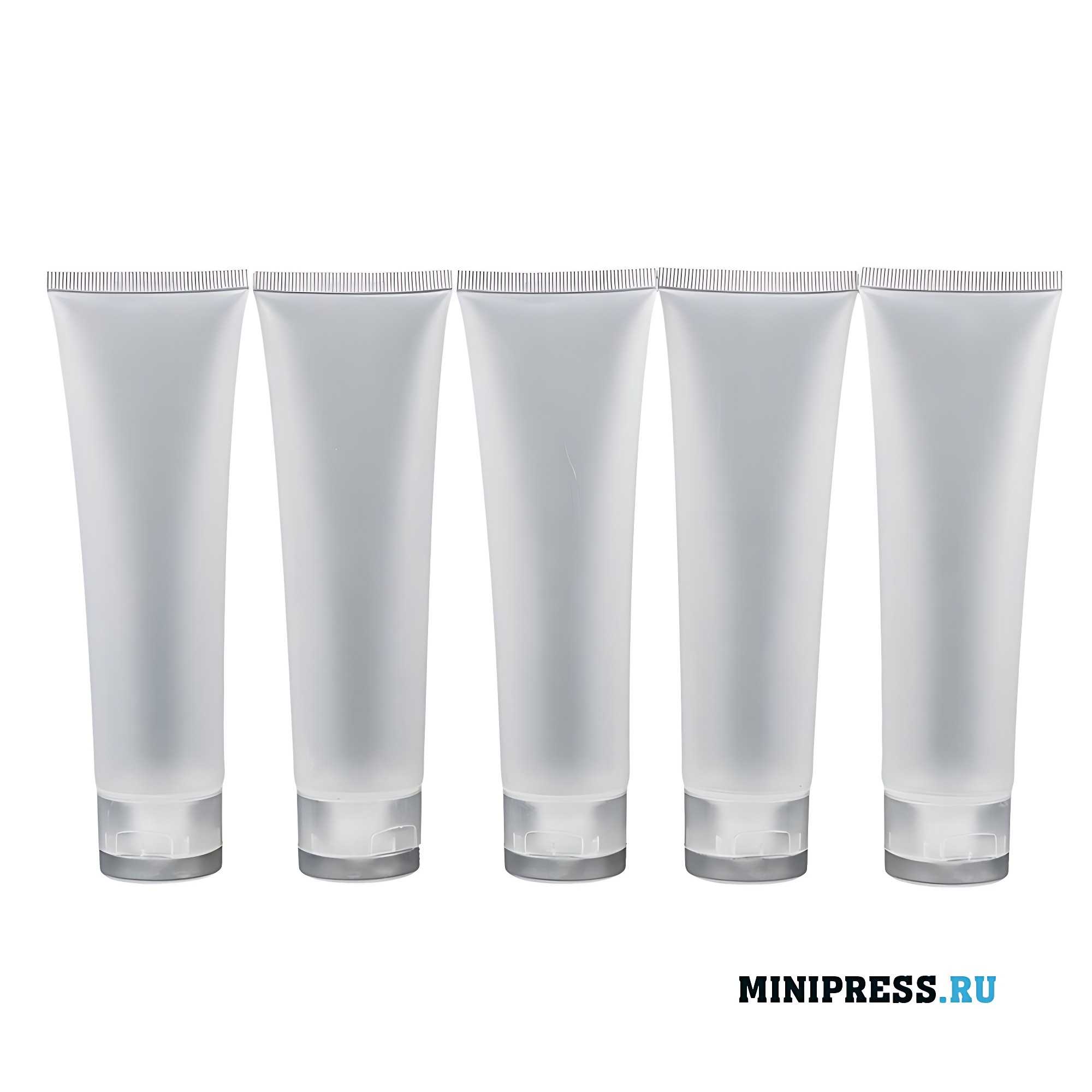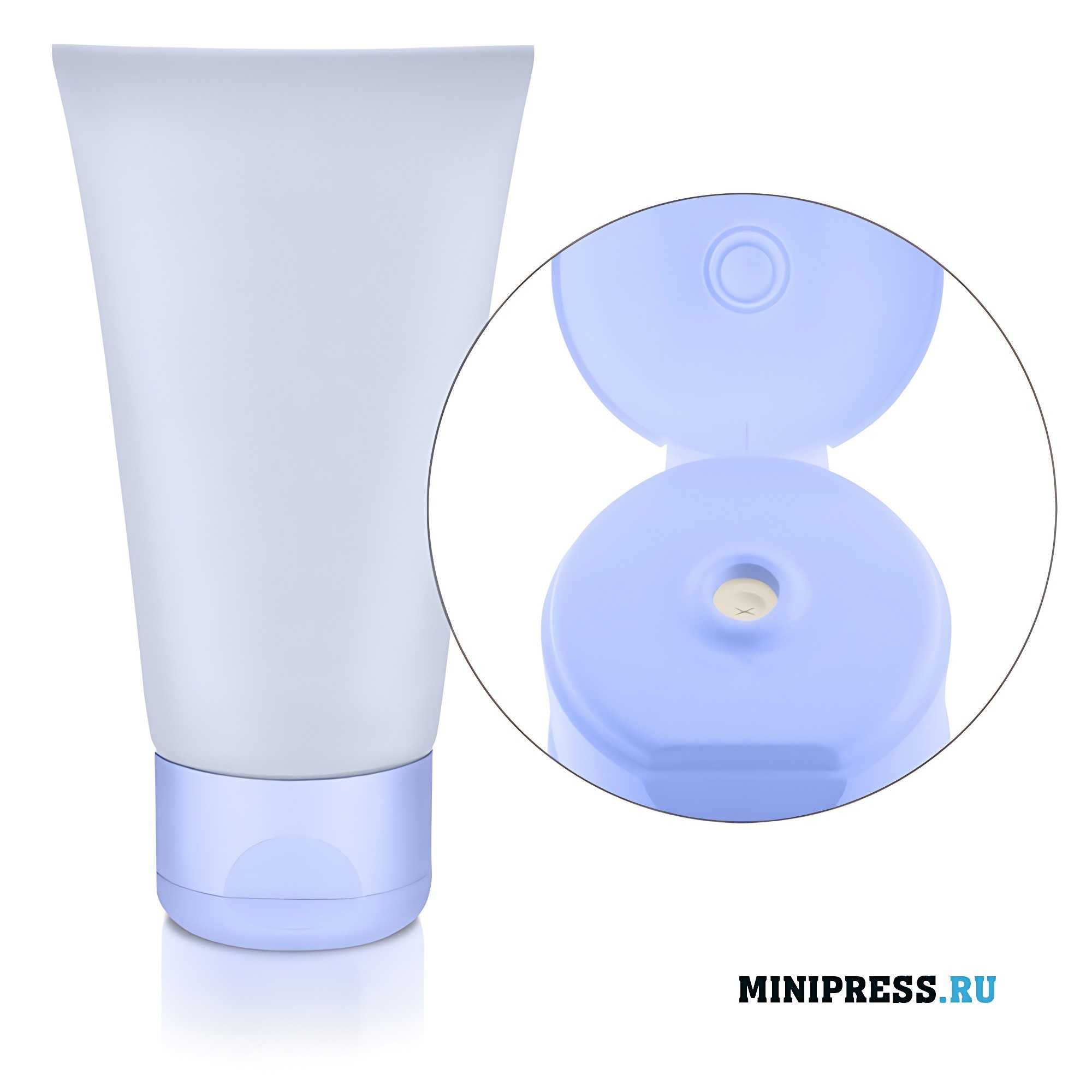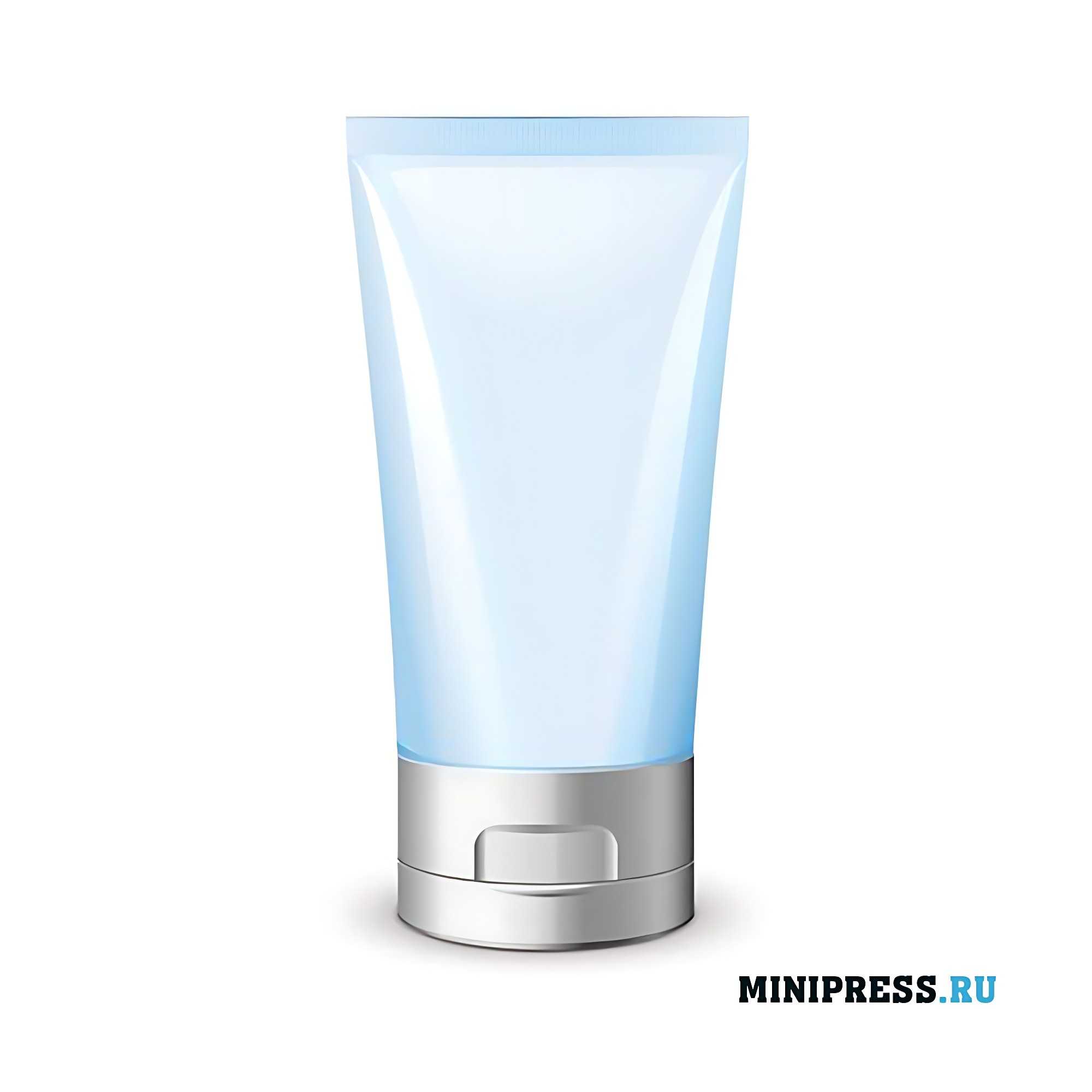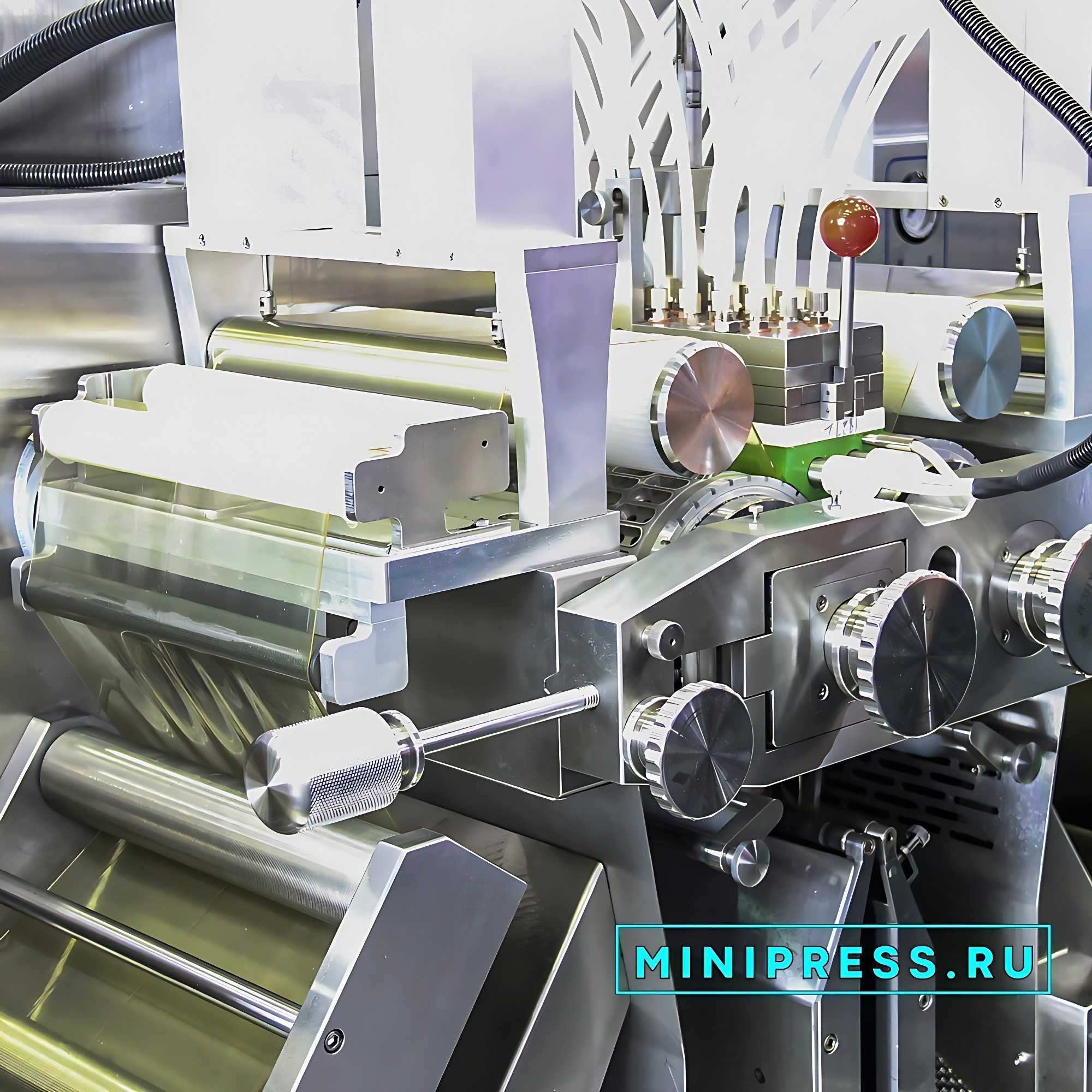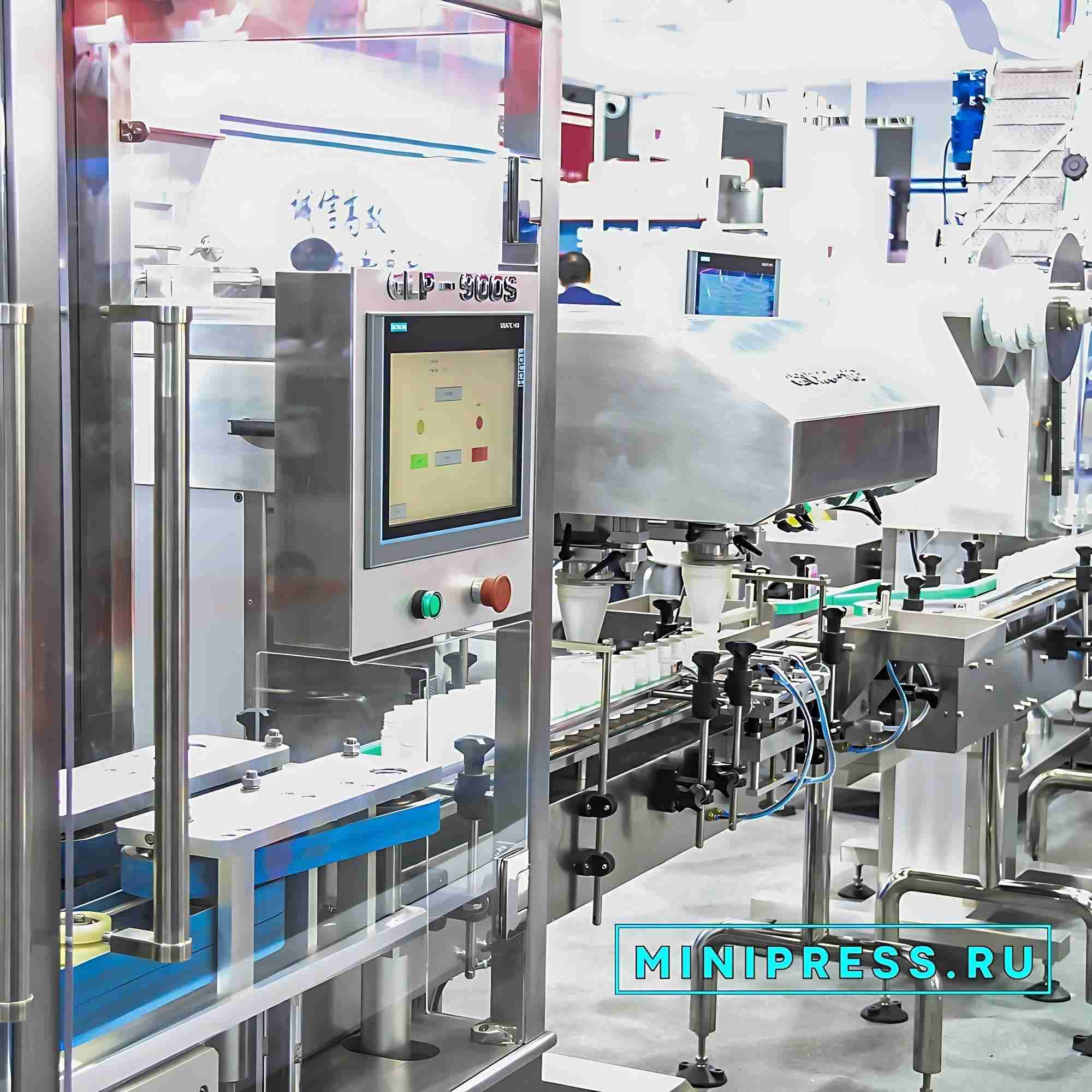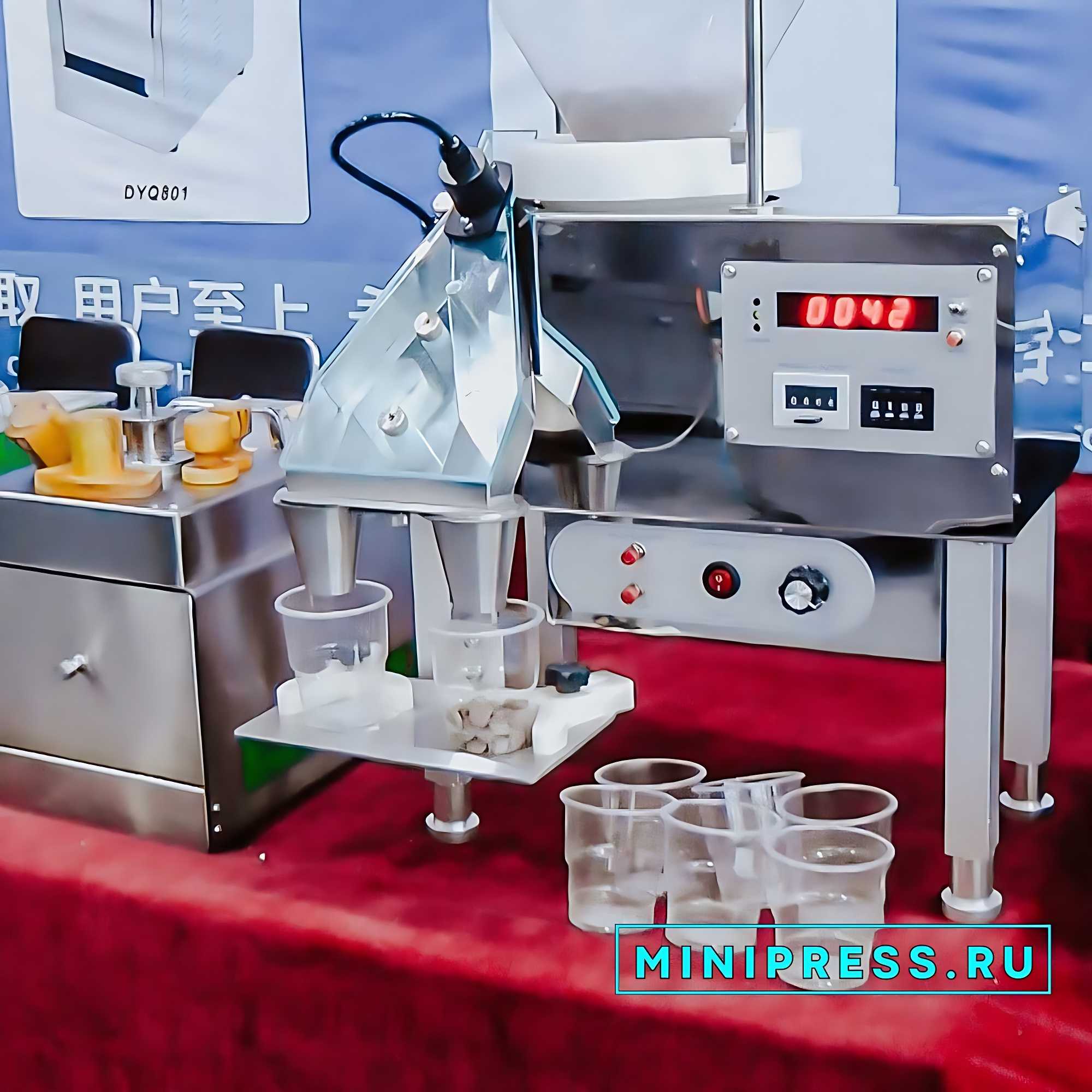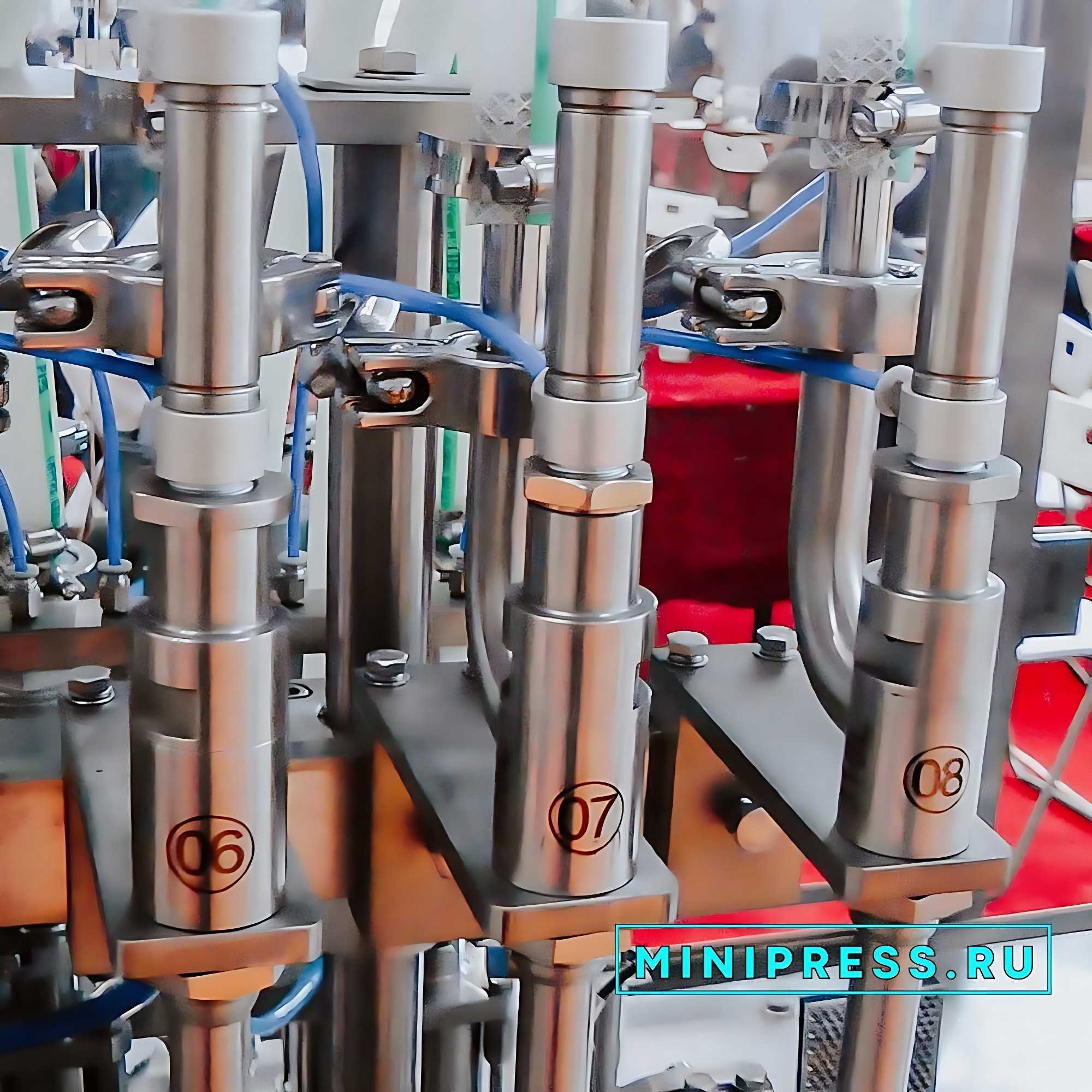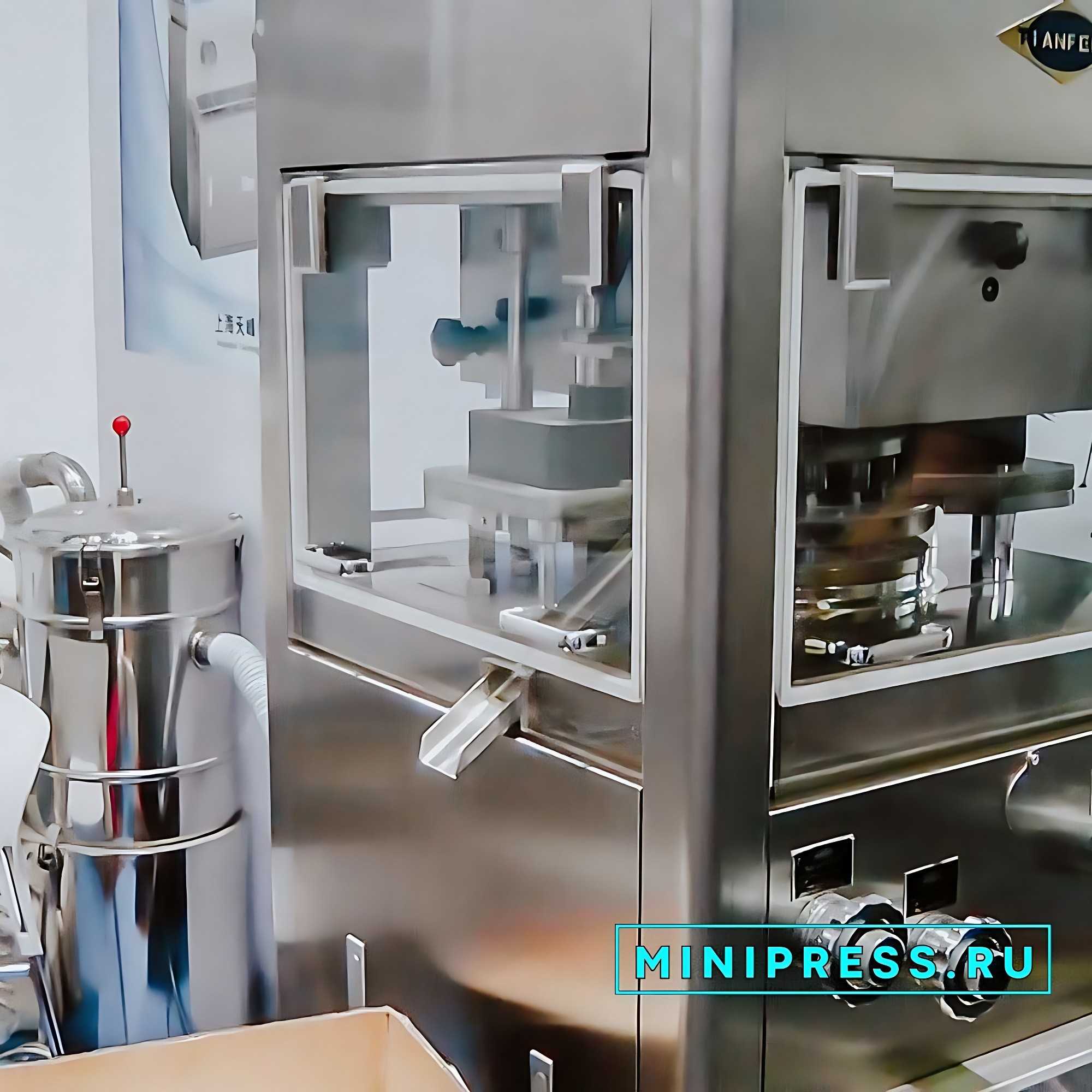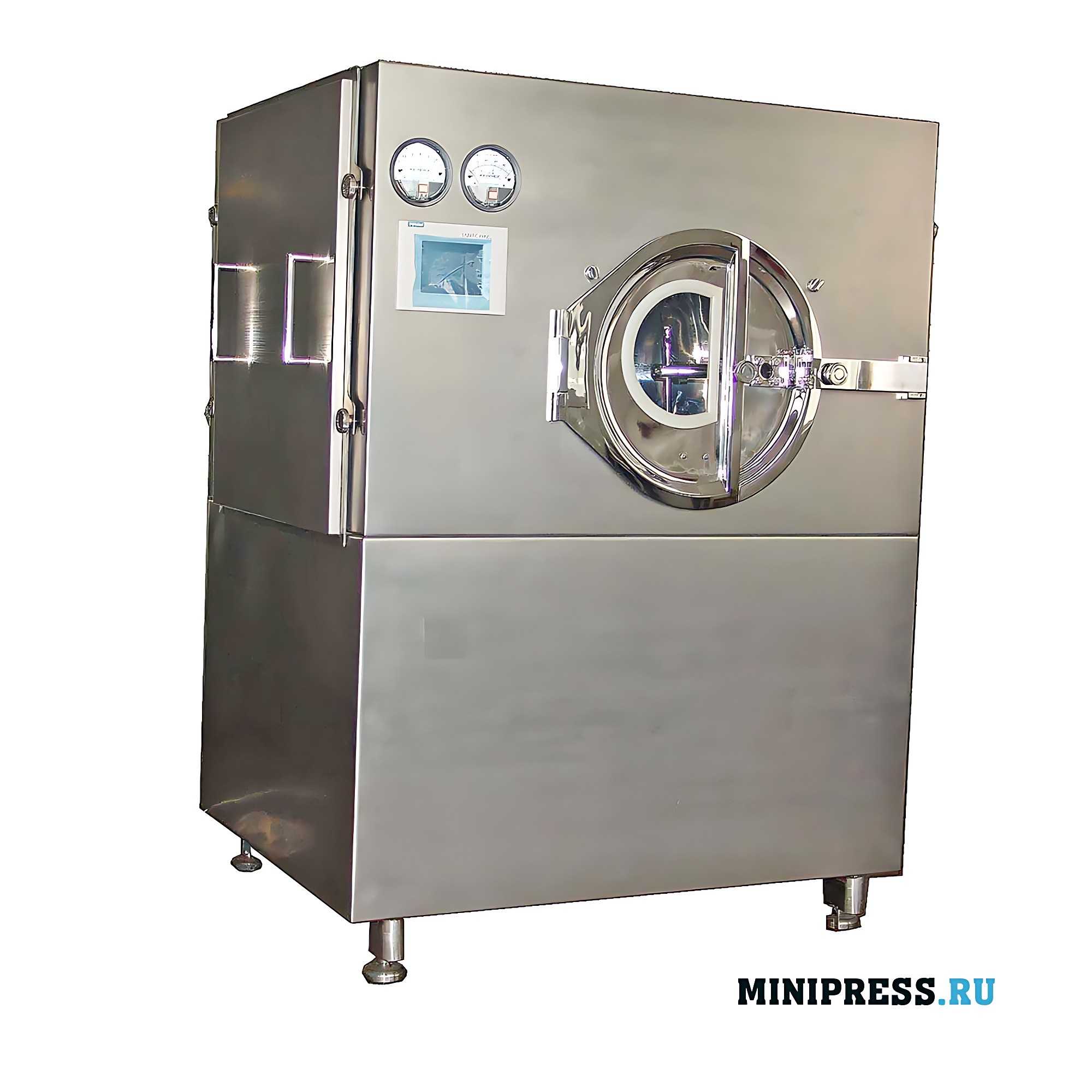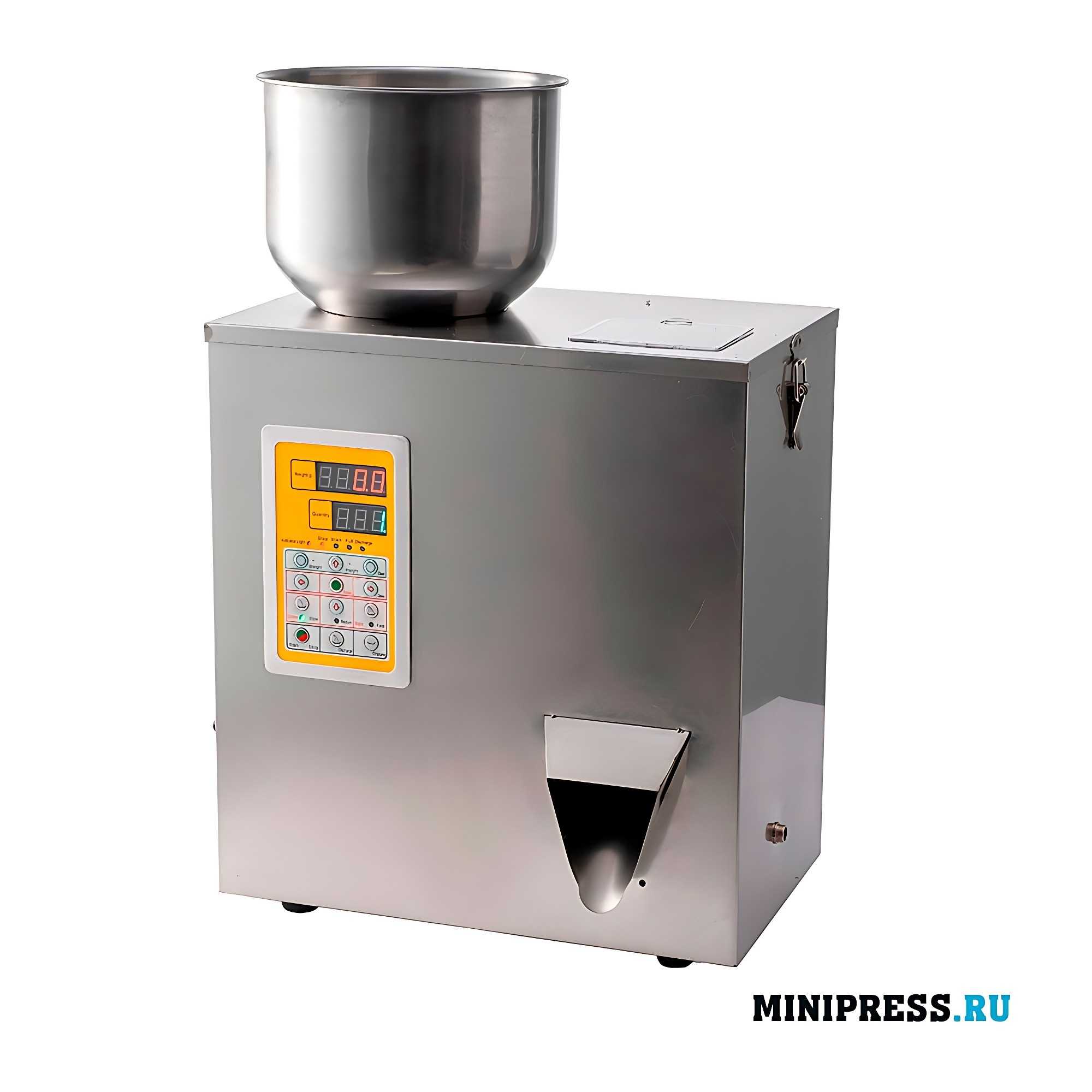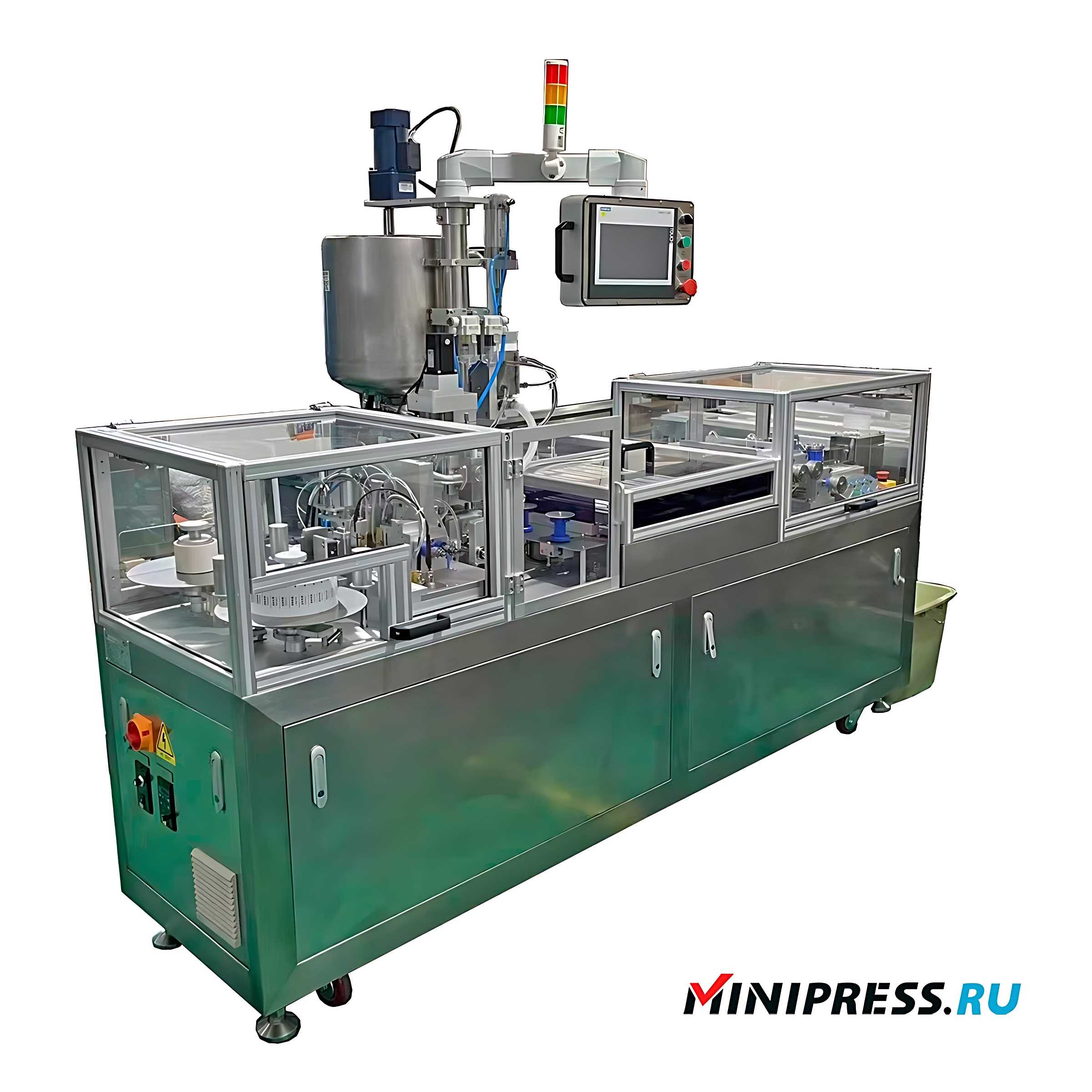 Video review of the model
Video review of the model
 Our service and customer service
Our service and customer service
The application of the sample is repeated until the filter paper disks applied to the test area no longer absorb the ointment. Then the amount of unresorbed drug contained in the paper is determined. The amount of drug that has penetrated the skin is determined by the remaining difference. Histologic studies with the help of a microscope allow to determine which layer of the skin the preparation has reached. The ointment is applied to a depilated area of the animal’s skin, then, after slaughtering it, histologic sections are made, which may be longitudinal (to determine the depth of penetration) or transverse (to evaluate the area of ointment distribution). Determination of drugs resorbed in blood, organs and tissues, secretions, or exhaled air after topical application of the ointment.
4Registration of biological or toxic reactions caused by the drug (pupil reaction, change in pain sensation, heart rate, onset of convulsions or death, etc.).
Radioisotope method using labeled drugs. Both in vitro and in vivo methods give relative results. While the former should be viewed critically on the grounds that they do not take into account the physiological functions of the skin, the latter give only approximate results, since human skin both in terms of function and structure differs significantly from animal skin. Only clinical tests can give the final assessment of the ointment. In addition to the above-described quality indicators of ointments, which are controlled before packing, after the completion of the entire production process should control the mass of the contents of the package, which should not be less than the mass indicated on the label. Deviation in the mass of ointments or creams, packaged in tubes or jars, checked by weighing ten samples. For sterile and non-sterile ointments, creams and other soft drugs should be carried out to determine the tightness of packaging in accordance with the following methodology. Take 10 tubes with the drug and thoroughly wipe their outer surfaces with filter paper. The tubes in a horizontal position are placed on a sheet of filter paper and kept in the thermostat at a temperature of 60±3 ° C for 8 hours. There should be no drips of drug from any tube on the filter paper, ignoring any traces of drug initially on the threads of the cap and tube. If leakage is observed from only one tube, the test shall be carried out with an additional 20 tubes. The results of the test shall be considered satisfactory if no leakage is observed from the first ten tubes or if leakage is observed for only one of the thirty tubes.
 Pharmaceutical Glossary
Pharmaceutical Glossary
 Technical specifications
Technical specifications
The degree of dispersibility in emulsion ointments and creams is determined under the condition of coloration of the dispersed phase. The diameter of 1000 droplets is determined and then the percentage of droplets of different sizes is calculated. The method is easy to perform, but quality standards for emulsion creams and ointments are not yet specified in any pharmacopoeia. Determination of pH of ointments is necessary to monitor the behavior of drug substance and base during storage. A shift in pH indicates a change in their physicochemical properties. To determine the pH of ointments and creams suspended product poured 50 ml of distilled water with a temperature of 50-60 “C and shaken on a vibrator for 30 minutes. The resulting extract is filtered and conducted potentiometric titration according to the method of GF. All ointments produced by pharmaceutical companies, have a guaranteed shelf life, during which, if properly stored, they should remain stable. The stability of ointments is determined by the unchanged content of drug substances (within the established tolerance), structural properties and the rate of release of drugs. Stability testing of ointments is particularly essential if they are emulsion systems. One acceptable technique for testing the stability of such ointments is the colloidal stability methodology. Assessment of colloidal stability of a cream or ointment is carried out on a centrifuge at a speed of 6000 rpm for 5 min. Under the influence of centrifugal force, the emulsion breaks down the faster; the less stable it is. The absence of stratification of the product sample indicates the stability of the composition. Thermal stability of the product is determined by heating the ointment or cream in a desiccator at 60 ° C for 1 h. If the product is qualitative, the sample should remain homogeneous without stratification. Sometimes in ointments and creams it is necessary to determine the structural and mechanical properties (ultimate shear stress, which characterizes the strength of the structure and consistency of ointments, and plastic viscosity, which characterizes the flow of the system with a destroyed structure), the degree of release of drug substances from the preparation and the stability of the product under different storage conditions. These determinations are usually made when developing new ointments and creams or improving existing ones. The consistency of ointments and ointment bases requires objective evaluation, as it affects the processes of their preparation and packaging, the ease of application of ointments to the skin and the release of drug substances from them. One of the main factors on which the consistency of ointments depends is the ultimate shear stress. It characterizes the ability of ointments to provide some resistance to smearing, the ability to squeeze out of tubes, dispensers, etc. The ultimate (or critical) shear stress is the force in dynes acting on an area of 1 cm2 tangentially to the plane of displacement and causing irreversible deformation of the system.
 Additional information
Additional information
The ultimate shear stress is also called the flow point, meaning the stress required for the system to start flowing (for irreversible deformation). The higher the value of this value, the more difficult the ointment is to spread. This is an important characteristic of ointments and ointment bases because it determines the ease of application of ointments. Usually a Volarovich rotary viscometer or a conical plastometer is used to determine the ultimate shear stress. Plastic viscosity, another important rheological characteristic of ointments and ointment bases, is determined on a Volarovich rotary viscometer RV-8. The degree of release of drug substances is a criterion for assessing the quality of ointments, which should become the main criterion for standardization and rejection (verification of compliance of the product quality with the requirements of the standard) of ointments. Methods for determining the degree of drug release in vitro and in vivo have been developed. In vitro methods. The technical performance of experiments by in vitro method can be different and is mainly determined by the properties of the included drugs. Direct diffusion method. In this case, the ointment sample must be in direct contact with the medium into which the drug substance diffuses. Method of diffusion through the membrane. The essence of the method is that the ointment under study is separated from the aqueous medium by a semipermeable membrane. This can be cellophane or lipoid membranes of animal origin, such as egg shells, a section of intestine or animal skin. The dialysis media are aqueous solutions or water. The apparatus design of these studies can vary. In recent years, there have been many installations that maximally approximate the conditions of experience to the conditions of a living organism. Most often these are two-chamber installations separated by membranes or membrane systems. One of the chambers contains the ointment and the other contains the dialysis medium. Despite the design differences, the setups obey the same principle and reflect the same dependencies. In vivo methods. In contrast to in vitro methods, these methods allow two processes to be assessed at once: the ability of the ointment base to release the active ingredients and the degree of resorption of the active ingredients through the skin. In vivo methods include the following studies: Determination of the resorbed amount of drugs by the difference between the applied ointment sample and the non-absorbed portion of the ointment. Such evaluation is acceptable on both animal and human skin. A certain amount of ointment is applied and rubbed evenly on a strictly limited area of skin using a template. A pressure of 100 mmHg is applied to this area using a cuff.
Order status tracking
Who to contact for shipment tracking ? NJ-40 automatic capsule machine in Corpus Christi 02/01/2026 02:37
Hello Oliver, The shipments are carried by a transportation company. Natalia coordinates this delivery. We will contact you when the shipment arrives to you. 02/01/2026 02:40
Good day, tell me need delivery in Las Vegas to the settlement in the distance of 20 km. Can you organize this? 02/01/2026 02:47
Samuel, Good afternoon, please send us an email to info@minipress.ru with the exact name of the equipment model, city, and your coordinates. We will calculate the delivery to you. 02/01/2026 02:47
Rotary tablet press RZK-25 I want to order with delivery to Berlin 02/01/2026 02:57
Good day, Jack We have checked the information on your request, unfortunately the factory has stopped production of this model of equipment. Send to the mail a description of your task, or contact your manager. We will help in any case with the choice. 02/01/2026 02:58
Vacuum powder conveyor QV-01 quantity of 3 pieces, need discount and delivery to Bakersfield. 02/01/2026 03:07
Good day Penelope, in our catalog all prices are given including delivery to the door of the customer. If you buy 3 pieces we will make a discount of 7%. Delivery to Bakersfield is included in the price. 02/01/2026 03:11
For shipping to Berlin do you have to pay anything extra ? 02/01/2026 03:17
Good day Samuel, In our catalog, all prices are inclusive of shipping to the customer's door. Delivery to Berlin is included. 02/01/2026 03:20
Excuse me, I have important information, please do not deliver my shipment, automatic filling and sealing machine for glass ampoules ALG-10 to Oxford, but immediately upon arrival send it to Madrid. 02/01/2026 03:27
Hello Gabriel, we will try to resolve this issue for you. 02/01/2026 03:28
Dear Roman. Deadline (time) I am waiting for your quotation for a machine for removing tablets and capsules from blister packs MB-10 with delivery. 02/01/2026 03:37
Hello Mia, By the specified time we will send the offer to your e-mail. Now we are waiting for an answer from the transportation company on the delivery time to El Paso . 02/01/2026 03:38
Tell me the NJ-120 automatic capsule machine went ? 02/01/2026 03:47
Chloe, good afternoon. Yes, already closer to evening you will receive it. Taking into account the heavy weight of the equipment, we ask you to take care of unloading by forklift in advance. The transportation company does not provide unloading. Only delivery to the address. 02/01/2026 03:51
Good afternoon! semi-automatic liquid filling machine in barrels DF-13 , a copy of the payment is sent to the post. Start the order to work. 02/01/2026 03:57
Benjamin, good afternoon! We have seen your payment, we receive SMS from the bank. Please send drawings of barrels and answers to our questions in correspondence. 02/01/2026 03:59
We have sent to info@minipress.ru photos of the damaged box with induction welding membrane machine FG-08. Please call back. 02/01/2026 04:07
Good day, Jayden! Damage to the packaging is unfortunately a common practice in transportation. Please carefully unpack the shipment and send us a series of photos. We will take a look and take action. 02/01/2026 04:08
- HIGH-PRECISION DOSING MACHINES POWDER FILLING MACHINES
- SPRAY DRYING EQUIPMENT FOR SUSPENSIONS
- EQUIPMENT FOR COUNTING AND PACKAGING TABLETS AND CAPSULES IN BOTTLES
- EQUIPMENT FOR FILLING CREAMS AND SEALING PLASTIC TUBES
- MACHINES FOR FORMING AND FILLING PLASTIC AMPOULES
- AUTOMATIC EQUIPMENT FOR REMOVING TABLETS AND CAPSULES FROM BLISTERS
- MACHINES FOR THE PRODUCTION OF SUPPOSITORIES
- EQUIPMENT FOR FILLING HARD GELATIN CAPSULES WITH POWDER
- BOTTLE FILLING AND CAPPING EQUIPMENT
- EQUIPMENT FOR FILLING AND SEALING GLASS AMPOULES
- EQUIPMENT FOR PRINTING LOGO ON TABLETS AND CAPSULES
- EQUIPMENT FOR THE PRODUCTION OF TABLETS
- EQUIPMENT FOR POLISHING AND DEDUSTING TABLETS AND CAPSULES
- EQUIPMENT FOR COATING TABLETS
- EQUIPMENT FOR PACKAGING TABLETS AND CAPSULES IN PLASTIC BOTTLES
- EQUIPMENT FOR PACKING POWDERS INTO VIALS
- EQUIPMENT FOR WASHING AND STERILIZING BOTTLES
- POWDER GRANULATION EQUIPMENT
- AUTOMATIC PHARMACEUTICAL CENTRIFUGES
- EQUIPMENT FOR SCREW FEEDING OF POWDERS
- EQUIPMENT FOR AUTOMATIC BOTTLE FEEDING FOR FILLING LINES
- EQUIPMENT FOR HOMOGENIZING CREAMS AND OINTMENTS
- EQUIPMENT FOR VACUUM TRANSPORTATION OF POWDERS
- EQUIPMENT FOR EFFICIENT MIXING OF POWDERS
- EQUIPMENT FOR METAL DETECTOR IN GELATIN CAPSULES AND TABLETS
- EQUIPMENT FOR FILLING AND PACKAGING HERBAL TINCTURES
- EQUIPMENT FOR INDUCTION SEALING OF ALU FOIL BOTTLES
- EQUIPMENT FOR PACKING TEA INTO TEA BAGS WITH THREAD AND LABEL
- FLOW-PACK PACKAGING MACHINES
- EQUIPMENT FOR VACUUM PACKAGING IN PLASTIC BAGS
- EQUIPMENT FOR FILLING LIQUIDS IN PLASTIC AND METAL BARRELS
- AUTOMATIC EQUIPMENT FOR SELF-ADHESIVE LABELS ON PACKAGING
- EQUIPMENT FOR WRAPPING CARDBOARD BOXES WITH CELLOPHANE
- EQUIPMENT FOR WEIGHT CONTROL AND SORTING OF CARDBOARD BOXES WITH MEDICINE
- EQUIPMENT FOR PACKAGING TABLETS IN STRIPS AND TUBES
- EQUIPMENT FOR PACKAGING PRODUCTS IN A FLOW PACK
- EQUIPMENT FOR PACKAGING FOOD PRODUCTS IN DOY-PACK PACKAGES
- EQUIPMENT FOR PACKAGING BULK MATERIALS IN PLASTIC BAGS
- EQUIPMENT FOR THE MANUFACTURE AND PACKAGING OF WET ALCOHOL WIPES
- EQUIPMENT FOR APPLYING THE EXPIRATION DATE AND BATCH NUMBER TO PRODUCTS
- AUTOMATIC EQUIPMENT FOR BLISTER PACKAGING
- EQUIPMENT FOR THE PRODUCTION OF FISHING BOILIES
- MANUAL EQUIPMENT FOR FILLING GELATIN CAPSULES WITH POWDER
- DESKTOP EQUIPMENT FOR MIXING POWDERS
- EQUIPMENT FOR VIBRATING SIEVING OF POWDERS
- DESKTOP EQUIPMENT FOR LIQUID DOSING
- SEMI-AUTOMATIC EQUIPMENT FOR FILLING GELATIN CAPSULES
- MACHINES PRINTING EXPIRATION DATE AND LOT NUMBER
- DESKTOP EQUIPMENT FOR HIGH-SPEED EMULSION PRODUCTION
- EQUIPMENT FOR MIXING LIQUIDS WITH MICROWAVE HEATING
- SEMI-AUTOMATIC EQUIPMENT FOR BLISTER PACKAGING
- PERISTALTIC PUMPS DISPENSERS
- EQUIPMENT FOR POWDERING PHARMA RAW MATERIALS
- EQUIPMENT FOR LABORATORY TESTING OF MEDICINES
- EQUIPMENT FOR AUTOMATIC DOSING OF CREAMS AND OINTMENTS
- EQUIPMENT FOR THE PRODUCTION OF TABLETS
- MACHINES FOR THE PRODUCTION OF SUPPOSITORIES
- EQUIPMENT FOR PRINTING LOGO ON TABLETS AND CAPSULES
- SPRAY DRYING EQUIPMENT FOR SUSPENSIONS
- EQUIPMENT FOR FILLING CREAMS AND SEALING PLASTIC TUBES
- EQUIPMENT FOR PACKAGING TABLETS AND CAPSULES IN PLASTIC BOTTLES
- EQUIPMENT FOR COUNTING AND PACKAGING TABLETS AND CAPSULES IN BOTTLES
- EQUIPMENT FOR COATING TABLETS
- EQUIPMENT FOR PACKING POWDERS INTO VIALS
- HIGH-PRECISION DOSING MACHINES POWDER FILLING MACHINES
- EQUIPMENT FOR FILLING HARD GELATIN CAPSULES WITH POWDER
- EQUIPMENT FOR WASHING AND STERILIZING BOTTLES
- BOTTLE FILLING AND CAPPING EQUIPMENT
- EQUIPMENT FOR POLISHING AND DEDUSTING TABLETS AND CAPSULES
- MACHINES FOR FORMING AND FILLING PLASTIC AMPOULES
- AUTOMATIC EQUIPMENT FOR REMOVING TABLETS AND CAPSULES FROM BLISTERS
- EQUIPMENT FOR FILLING AND SEALING GLASS AMPOULES
- EQUIPMENT FOR SCREW FEEDING OF POWDERS
- EQUIPMENT FOR VACUUM TRANSPORTATION OF POWDERS
- EQUIPMENT FOR AUTOMATIC BOTTLE FEEDING FOR FILLING LINES
- POWDER GRANULATION EQUIPMENT
- EQUIPMENT FOR EFFICIENT MIXING OF POWDERS
- EQUIPMENT FOR HOMOGENIZING CREAMS AND OINTMENTS
- AUTOMATIC PHARMACEUTICAL CENTRIFUGES
- EQUIPMENT FOR APPLYING THE EXPIRATION DATE AND BATCH NUMBER TO PRODUCTS
- EQUIPMENT FOR THE MANUFACTURE AND PACKAGING OF WET ALCOHOL WIPES
- AUTOMATIC EQUIPMENT FOR BLISTER PACKAGING
- EQUIPMENT FOR FILLING LIQUIDS IN PLASTIC AND METAL BARRELS
- EQUIPMENT FOR PACKING TEA INTO TEA BAGS WITH THREAD AND LABEL
- FLOW-PACK PACKAGING MACHINES
- EQUIPMENT FOR METAL DETECTOR IN GELATIN CAPSULES AND TABLETS
- EQUIPMENT FOR VACUUM PACKAGING IN PLASTIC BAGS
- EQUIPMENT FOR PACKAGING PRODUCTS IN A FLOW PACK
- EQUIPMENT FOR PACKAGING TABLETS IN STRIPS AND TUBES
- EQUIPMENT FOR WRAPPING CARDBOARD BOXES WITH CELLOPHANE
- EQUIPMENT FOR PACKAGING BULK MATERIALS IN PLASTIC BAGS
- EQUIPMENT FOR INDUCTION SEALING OF ALU FOIL BOTTLES
- EQUIPMENT FOR FILLING AND PACKAGING HERBAL TINCTURES
- AUTOMATIC EQUIPMENT FOR SELF-ADHESIVE LABELS ON PACKAGING
- EQUIPMENT FOR WEIGHT CONTROL AND SORTING OF CARDBOARD BOXES WITH MEDICINE
- EQUIPMENT FOR PACKAGING FOOD PRODUCTS IN DOY-PACK PACKAGES
- SEMI-AUTOMATIC EQUIPMENT FOR FILLING GELATIN CAPSULES
- EQUIPMENT FOR LABORATORY TESTING OF MEDICINES
- EQUIPMENT FOR POWDERING PHARMA RAW MATERIALS
- EQUIPMENT FOR THE PRODUCTION OF FISHING BOILIES
- EQUIPMENT FOR MIXING LIQUIDS WITH MICROWAVE HEATING
- SEMI-AUTOMATIC EQUIPMENT FOR BLISTER PACKAGING
- MACHINES PRINTING EXPIRATION DATE AND LOT NUMBER
- MANUAL EQUIPMENT FOR FILLING GELATIN CAPSULES WITH POWDER
- DESKTOP EQUIPMENT FOR LIQUID DOSING
- PERISTALTIC PUMPS DISPENSERS
- DESKTOP EQUIPMENT FOR HIGH-SPEED EMULSION PRODUCTION
- EQUIPMENT FOR AUTOMATIC DOSING OF CREAMS AND OINTMENTS
- EQUIPMENT FOR VIBRATING SIEVING OF POWDERS
- DESKTOP EQUIPMENT FOR MIXING POWDERS








 8139
8139 7662916
7662916

